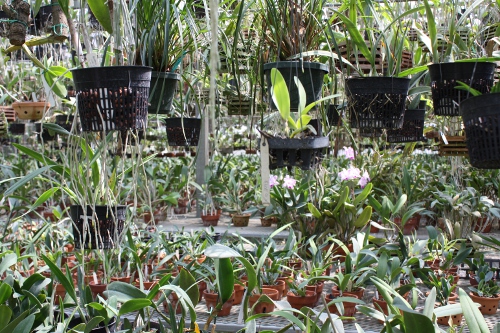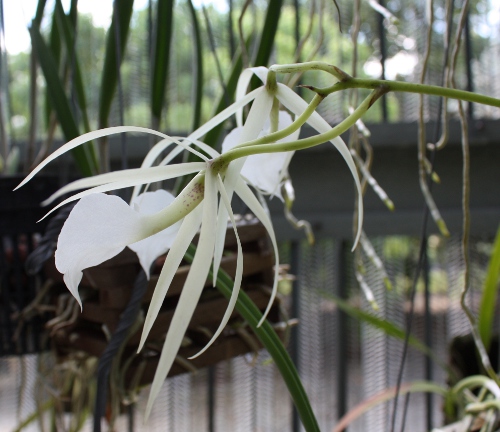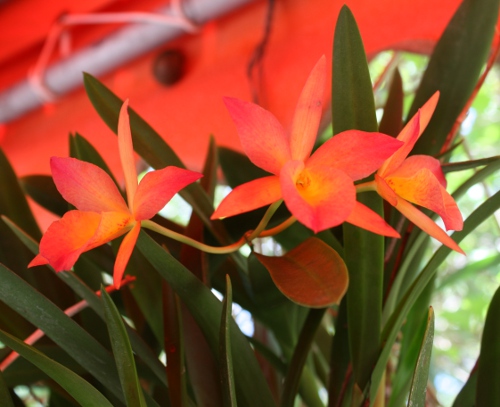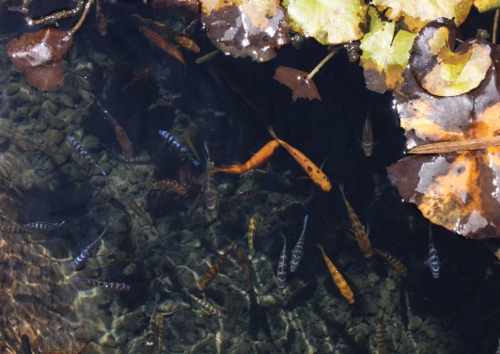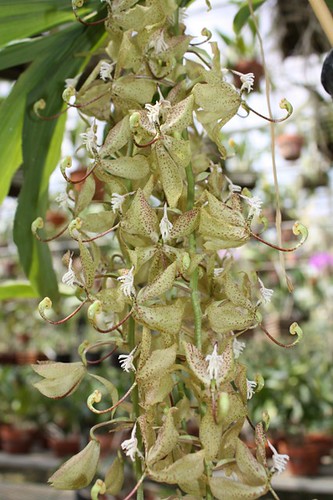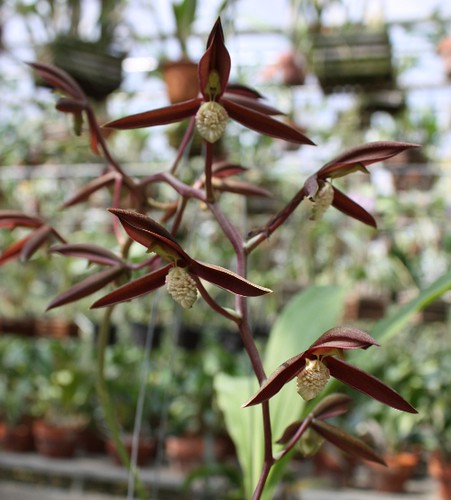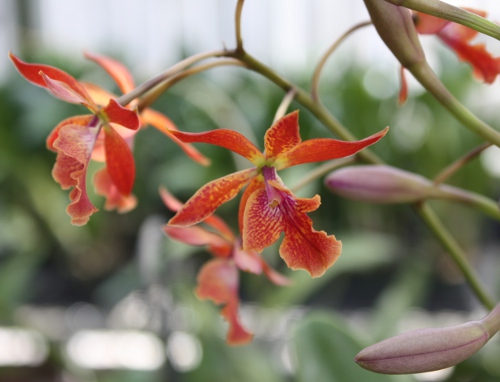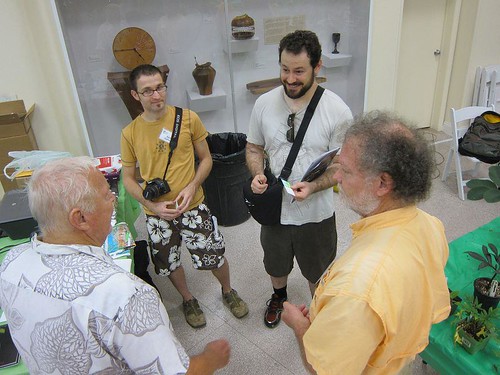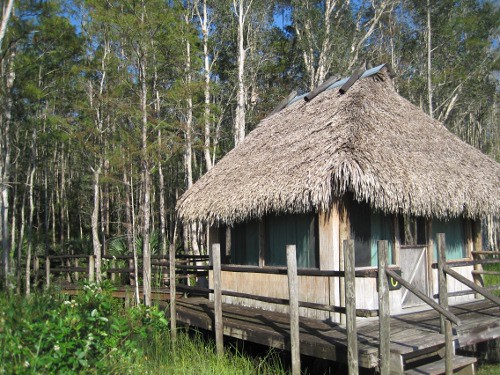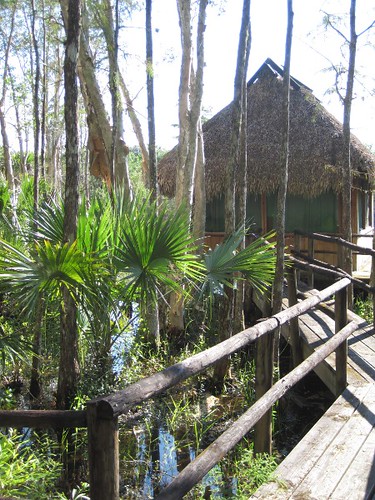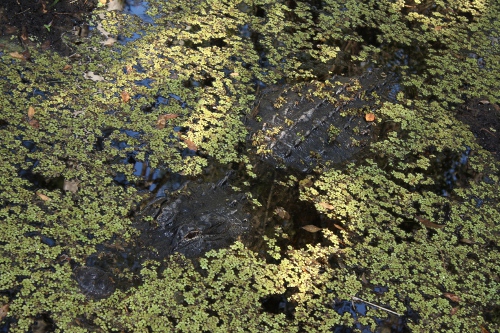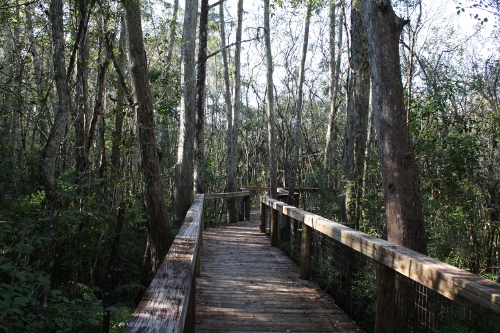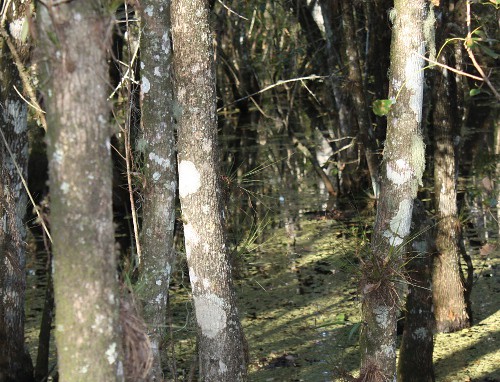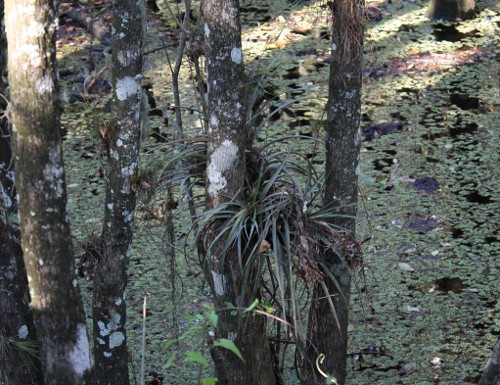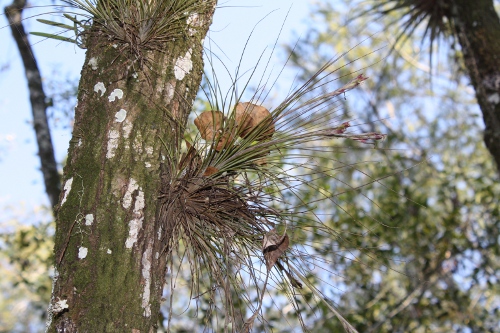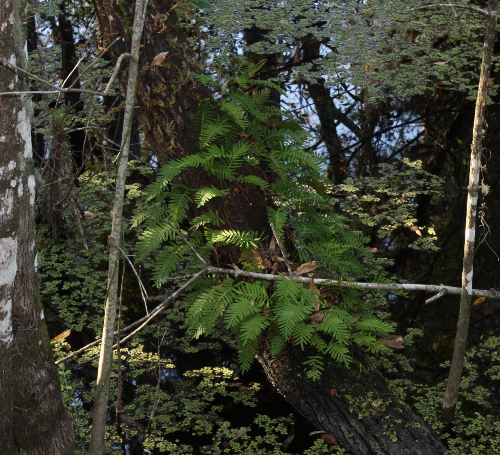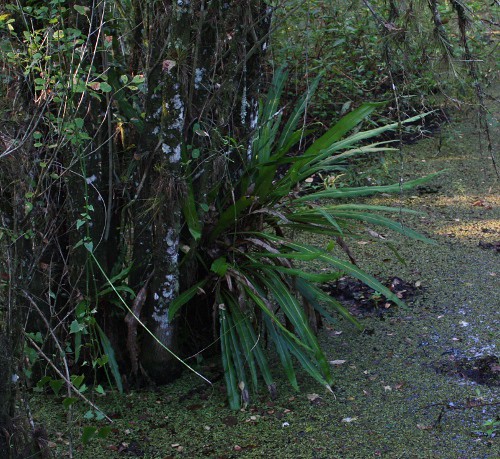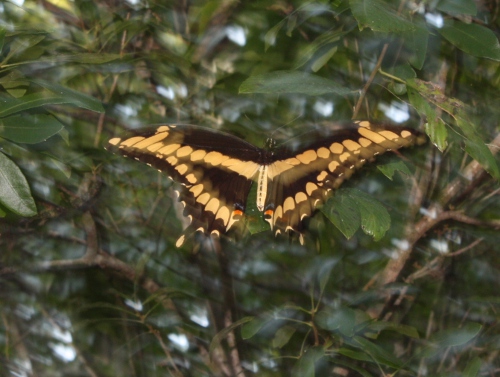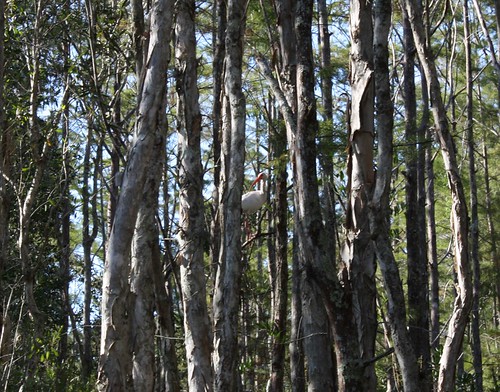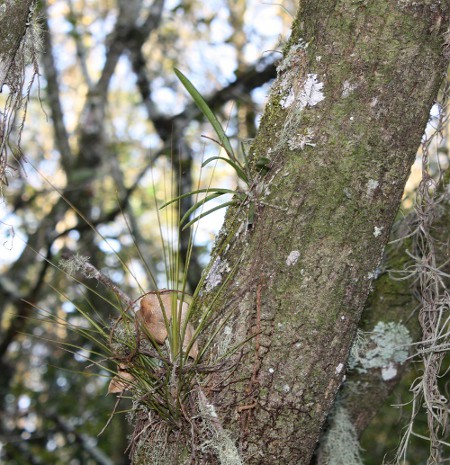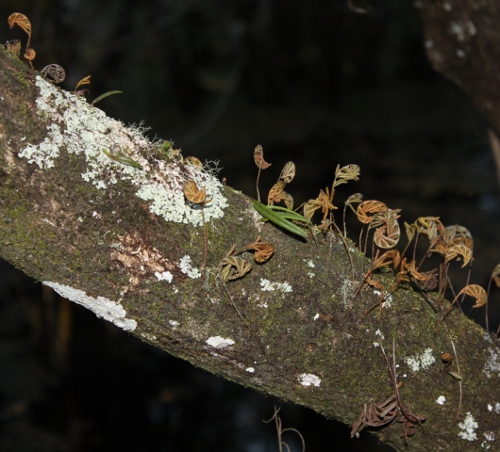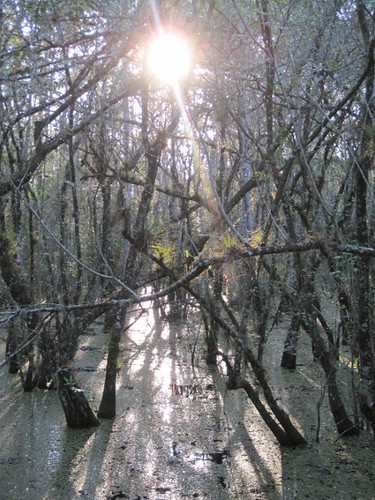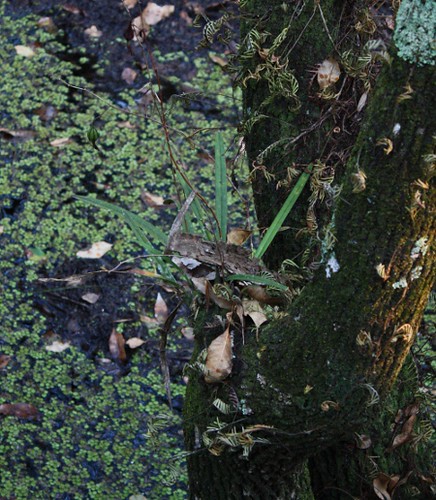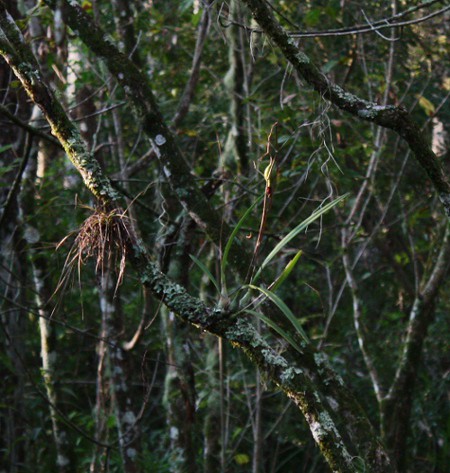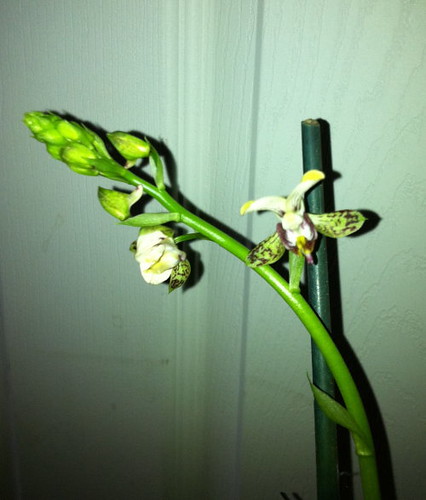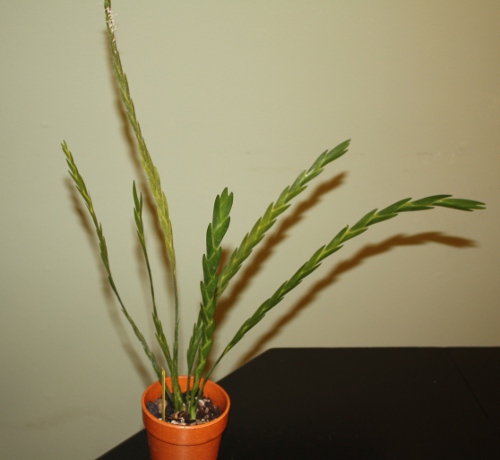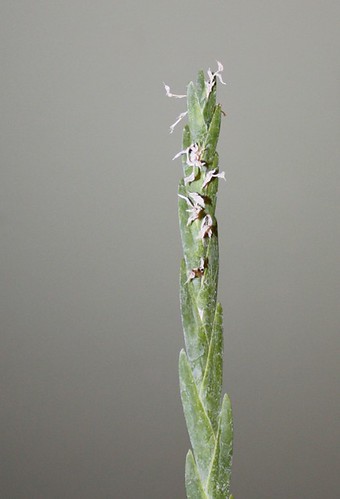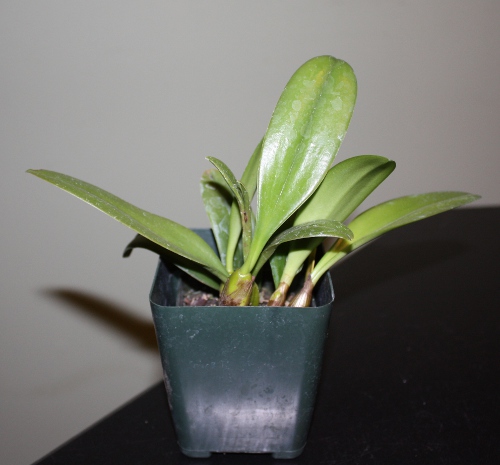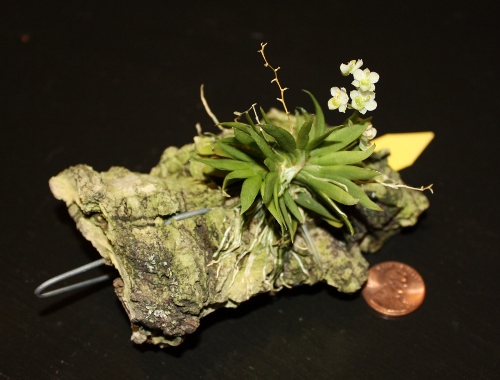The
Salvia genus, commonly called Sage, consists of somewhere between 700 and 900 species, including perennials, as well as tropicals which are grown as annuals. Many
Salvias are attractive to butterflies and hummingbirds. Lately I've been adding several
Salvias to our gardens. They are great for our climate because they tolerate the heat and bloom throughout the summer. For me, the tropicals aren't quite worth growing, although there are some really neat colors available in these varieties. I might try some of the more tempting tropicals in the future and overwinter them in the greenhouse.
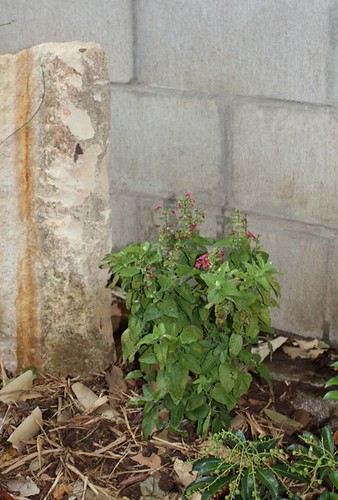 |
| New dark pink Salvia, photographed earlier this year, when it was still pink. |
We planted
Salvia greggii 'Pink Preference' in the corner garden and it came back and bloomed again this year. It is kind of a magenta pink color. We got a couple new dark pink
Salvias this year (above), but I don't know their name. We planted one in the new brick garden and one in the corner garden. It's weird but those same plants now look like they have solid red blooms... I would say it was just my flawed memory, but I have pictures (above and 2 pics below) of the same plants with different color blooms.
We also planted a new, light pink
Salvia, whose name I don't recall (but it could be
Salvia coccinea 'Coral Nymph').
 |
| Light pink Salvia. This has grown really fast this summer, even in our extreme heat. |
This light pink Salvia has grown
incredibly fast this summer, all the while everything else we have outside has been struggling to survive. We had more than 60 days this summer with a temperature of 100 degrees or more. The previous record was 50 days in 1 year. So we blew it out of the water this year. I'm guessing these Salvias are more than just heat and drought tolerant. They must enjoy it. But wait, you might not believe this. Shortly after we planted this light pink Salvia I noticed some little plants coming up from seed in the corner garden nearby. I started to yank them and then I realized the leaves matched the big Salvia, so I let them be. I haven't seen anything seed and germinate this fast, but now those little seedlings that I let be have grown into mammoth plants just like the parent!
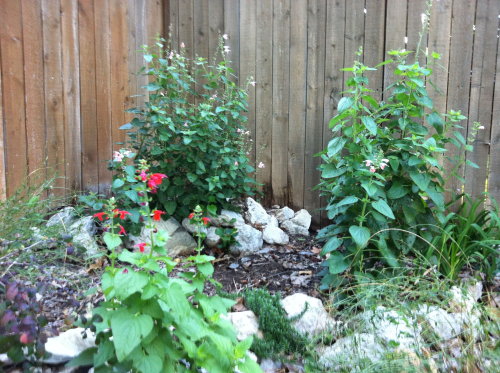 |
| Three Salvias in the corner garden. The Salvia in the back is the original light pink plant and the one on the right is the one that came up FROM SEED earlier this summer. |
 |
| Light pink Salvia blooms |
We also got a
Salvia guaranitica 'Black and Blue' (also called Brazilian Sage) which is my favorite. The blooming bracts are truly black and the blooms are very blue. These are striking colors that you don't see very often. It has been growing on the front porch in a decorative pot all summer. I was afraid it was not hardy, so I didn't want to plant it in one of our flowerbeds. Also, since it's my favorite, I get to enjoy it a lot more sitting on the front porch. But I learned that it is actually hardy, so now I am looking for another plant or two so that I can plant it in the corner garden and also overwinter one in the greenhouse for security. Unfortunately, the heat really took a toll on this plant. Just when I realized it was dead, I was given hope by a seedling coming up in the pot. Just like the light pink Salvia from the corner garden, this plant has quickly matured and now has blooms on it! Unfortunately, I don't have a good picture of our plant, so here's a
link to see a really good bloom picture.
One of the more common
Salvias for the perennial garden, is also a blue/purple shade. This one is
Salvia farinacea. It has distinctive bloom stalks with white buds that are nice enough even before the flowers open. See the picture below.
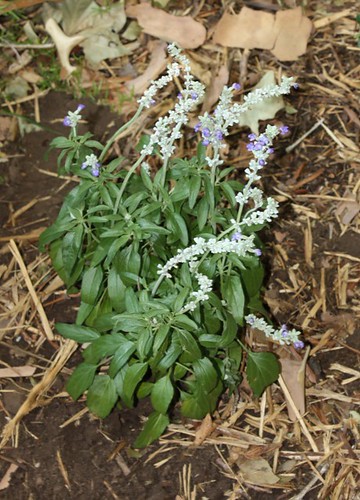 |
| Salvia farinacea |
Finally, I'm going to throw in two non-
Salvia. One of these plants is similar in growth habit and form and neither of the two is significant enough right now to get their own post. The first plant is the
Saliva wannabe,
Plectranthus. We had one of these a couple of years ago and I really liked it for the dark green foliage, bloom color and heat tolerance. It's a neat plant and is staying on the hot front porch for now. It did really well for a long time and then started giving in to the heat recently. If it is still alive here in a couple of weeks, I'll bring it in to the greenhouse to keep it over the winter since it is not hardy here. Since ours has not done well with the extreme heat this year, I have to use a link to pictures
here. This might not be the exact variety that we have, but it is very close.
The other non-Salvia is the common Texas Bluebonnet. Sadly, this little plant did not like our hot and dry summer. We have a neighbor that has a bunch of this growing in their front yard along the curb. I might get some seed from them and try to grow them that way next year. The color of the Bluebonnets are really impressive, not to mention the neat foliage.
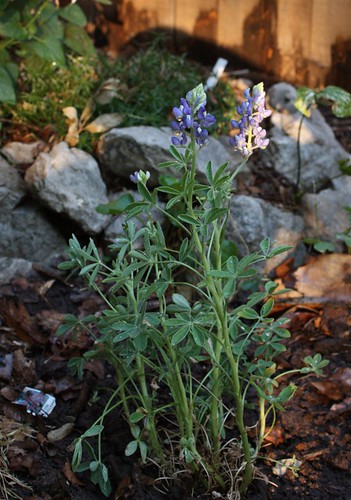 |
| Texas bluebonnet - photographed earlier in the season, before the heat wave! |
What is your favorite variety of Salvia? Is it tolerant of heat and drought? How about the cold hardiness?
